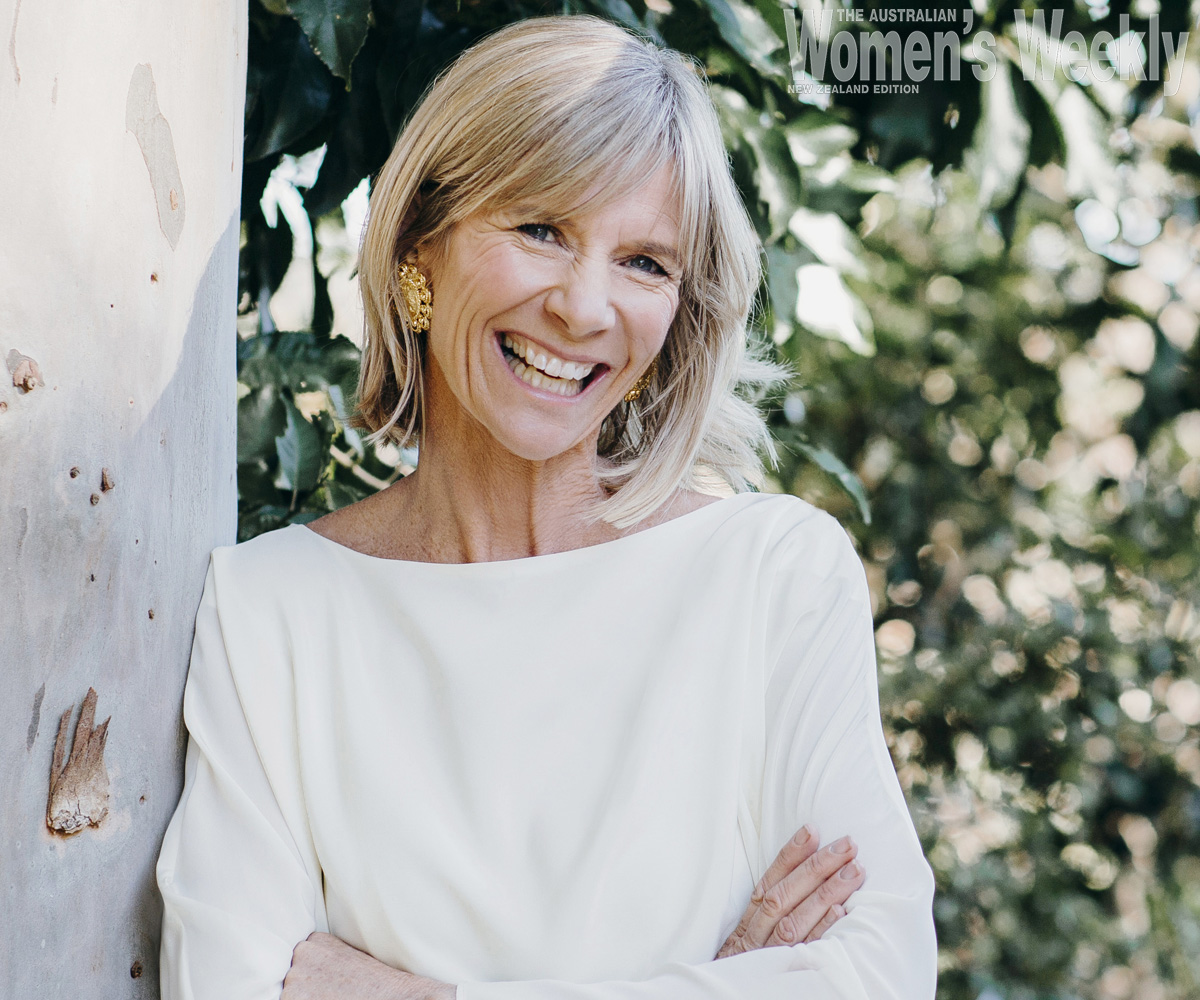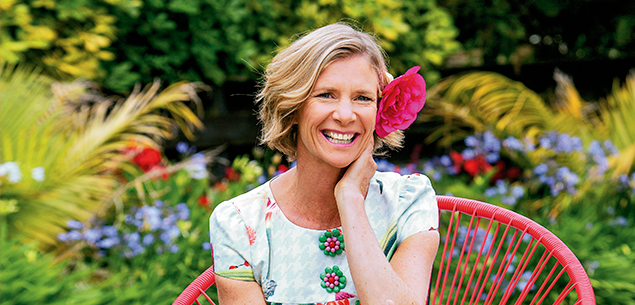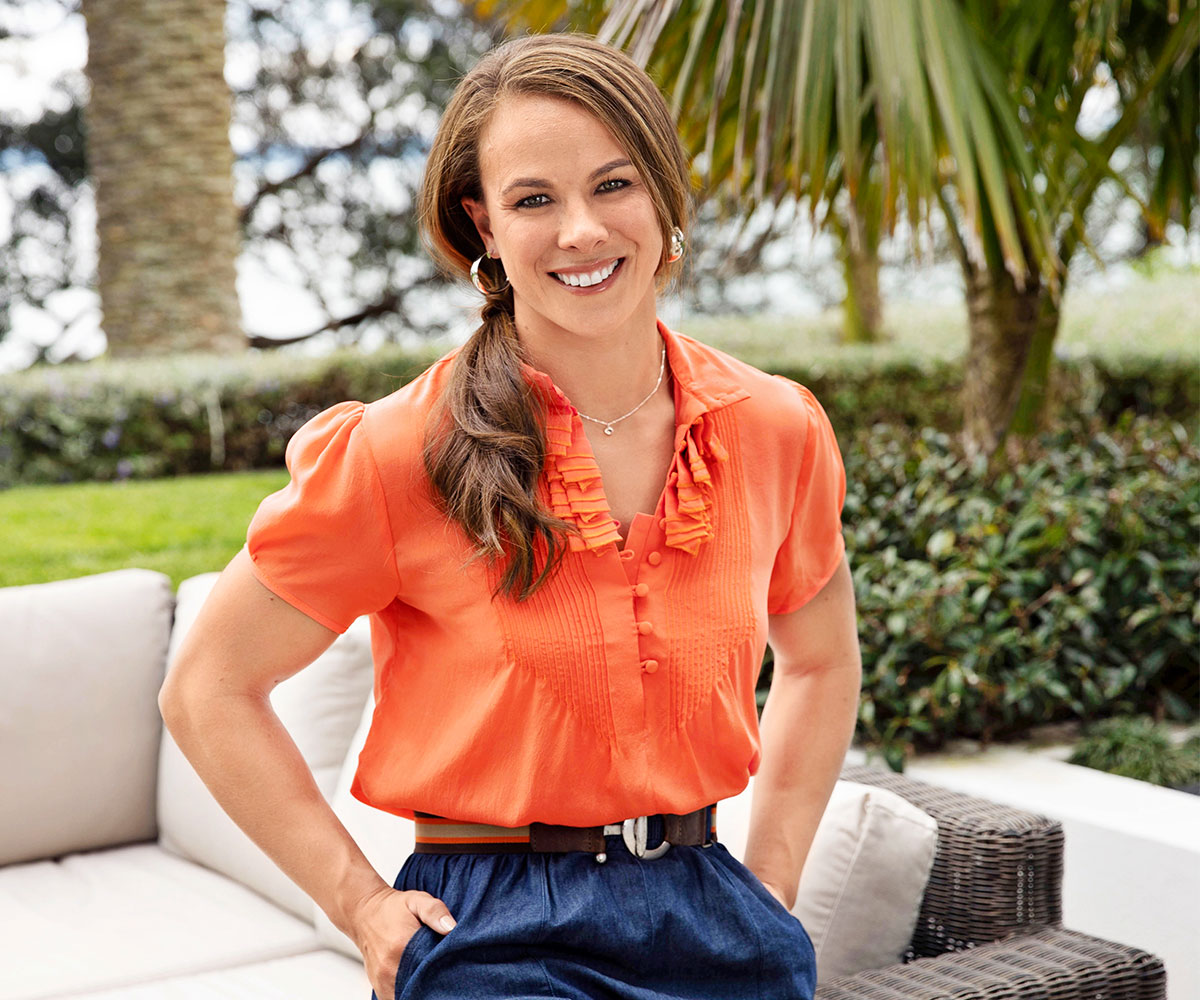Barbara Kendall is wearing a navy blue blazer, its lapels adorned with precious pins decorated in gold, silver and bronze. It’s a special occasion – and the first time in 27 years she’s taken the Olympic badges out of their boxes.
New Zealand’s Olympic “rainbow girl”, having won a medal in every hue, Barbara feels it’s finally time to wear the pins with pride.
She’s put on her Olympic jacket for the funeral of her idol, and friend, Yvette Corlett, who died in April, just days short of her 90th birthday.
As Yvette Williams, she was the first New Zealand woman to win Olympic gold, competing in long jump in Helsinki in 1952. It would be another 40 years until her incredible achievement was repeated by another Kiwi woman – this time a 24-year-old, sunny blonde by the name of Barbara Kendall, racing a windsurfer in Barcelona.
Yvette was one of the first people to come round and congratulate Barbara when she arrived home in Auckland back in 1992 with her own gold medal. Together, they were New Zealand’s first “golden girls”.
So Barbara thought it was only right that on the day she bid farewell to the woman who inspired her to Olympic greatness, she should finally bring out her honours.
“It was poignant, and it was necessary, to wear them today,” she says.
You see, Barbara has always been a bit of a rebel when it comes to ritual and ceremony.
“I’ve always been very anti wearing pins to display who I am,” she says. “But now that I’m 51, I realise I actually have to stand up and honour tradition. I think it’s important for the younger generation to understand the importance of tradition, because I’m afraid that we’re losing it.”

Barbara with (from left) Valerie Adams, Sarah Ulmer, Yvette Williams, Georgina Earl and Caroline Meyer when attending a dinner in 2010 to celebrate New Zealand’s six female Olympic gold medallists.
Young women like her two teenage daughters, Samantha and Aimee.
Not surprisingly, the pins sit a bit skew-whiff on Barbara’s International Olympic Committee blazer. As her brother Bruce, also an Olympic champion windsurfer, would say: “She’s a rough diamond.”
There are seven pins in all. Five represent each of the Olympic Games that she competed in between 1992 and 2008, one of them gold, one silver, and one bronze for the three Olympic medals she won.
Then there’s the Olympic Order – presented to just a select few New Zealanders for their outstanding service to the Olympic movement. And Barbara’s own Olympic number – #631.
“I think it’s so funny, because it’s not really me. But from now on, I’ll bring out the blazer all the time,” she laughs.
The next time she promises to wear it is at Government House in Auckland three weeks later, when she receives the Companion to the New Zealand Order of Merit for her services to sport leadership… although she can’t hide a degree of disappointment. She wonders why she wasn’t made a Dame.
She raises the same question of Yvette Williams, a trailblazer in women’s sport who gave so much back to New Zealand’s sporting community later in life. Why was a woman with such mana and humility never recognised with a damehood during her lifetime?
“I don’t know what else I can do after dedicating my life to sport since I was 16, and giving so much back through volunteerism and leadership,” Barbara says.
“Don’t get me wrong – it’s a really great honour, and I’m not being disrespectful. But I feel like it’s another silver medal.
“I believe some work needs to be done in recognising dames in New Zealand. We are still struggling to recognise the trailblazing women that have gone before us. As a Dame, you become a role model with a platform to do so much more good.”
Sitting in a garden centre café, drinking a spicy chai latte, Barbara looks back on the past two decades of her life and wonders how she ever managed to squeeze everything in while raising a young family.
She won a world windsurfing title in 2002 not long after Samantha was born, and was a 41-year-old mum of two when she competed at her last Olympics in Beijing in 2008, where she finished sixth.
At the same time, she was also a member of the International Olympic Committee (IOC), an “incredibly high-powered position” advocating for New Zealand, Oceania and women in sport, and was a voice for athletes worldwide.
It meant travelling the world, and volunteering her time, 120 days of the year.
“Trying to compete with two kids and be an IOC member, that nearly killed me,” she says.
“I was really torn – my heart was being torn by the kids, and my ego was being torn because I wasn’t training as well as I could or getting the results I really wanted. And I felt obliged to do well for my sponsors.
“By the time I retired, I was relieved to quit. But I still kept busy so I didn’t have to think about what happened next.”
While those hectic years took a toll on Barbara – who was determined to do the best she could in every role she held – she was more concerned with the toll it might have taken on her daughters.
“I’ve kept an eye on the girls for any little indicators as to how they might have handled things with Mum not around so often. But there are no gaps that I can see. They’re both really well-rounded girls,” she says, with some relief.
A large part of that, Barbara happily concedes, was because their dad – and her husband of 26 years – Shayne Bright, stayed at home to look after them while Barbara travelled.
“Shayne was Mr Mum,” Barbara laughs. “Not many guys can do that, but he was amazing at it.
“He’s happy pushing his digger around the section, and looking after all his girls. He makes me better, and he allows me to be me. This morning he filled up my car because I’d run out of diesel, and I was running late. He cooks the dinners most nights. We’re a good partnership.”
Since she wound down her IOC responsibilities last year, after 12 years, Barbara has spent more time at home on the Whangaparaoa Peninsula, where her family has lived for the past 20 years.
She potters in the glasshouse with her celery and lettuces, and in the kitchen making kombucha, sauerkraut and feijoa fizz.

Barbara with her husband Shayne and their daughters Samantha and Aimee, who are now in their teens.
She’s been running around after her sporty girls, co-ordinating waterpolo at Whangaparaoa College.
“Both the girls love that sport. But I don’t know anything about waterpolo and it’s better that way,” she says. Instead she brings the skills she honed in her career as an elite athlete.
“I’m all about how can I make these kids better – to gel as a team, have great self-esteem and motivate them to turn up to training?
“To be hands on at the grass roots and seeing the benefits sport has for kids makes you realise why sport is so important in our lives, and why I’ve been involved in it for so long.”
Samantha is now 17, and head girl at Whangaparaoa College. She’s a talented athlete – a waterpolo goalie – which doesn’t surprise her mother.
“From the age of two, she wanted to be a mermaid,” Barbara says. She’s also a top student and an artist, who’s passionate about a career in health.
Aimee, 13, has her mother’s fight and competitive spirit. She’s a natural sailor, although it was a struggle to get her down to the beach to learn, Barbara admits. But the bribe of new sailing gear certainly helped.
After sailing in the O’pen Bic World Championships last December, she’s now hooked. Recently she’s been sailing with Sir Russell Coutts’ son Mattias (who became a world champion at the age of 11 in 2017), in a two-person Feva boat.
“There were huge waves over her head, but she was so grunty,” her proud mum says.
“I feel really happy that both of my girls are going to be okay.”
The Bright-Kendall household lives by the mantra of Barbara’s grandmother: “A family that plays together, stays together.”
“We spend our money on holiday experiences. Nan’s advice was the best ever,” Barbara says.
They obviously love the beach (Shayne was a top windsurfer too), and have been on cruises together; Barbara is the “godmother” of the Pacific Pearl cruise ship.

Barbara competing on the water in 2004.
Soon after she finished runner-up on Dancing With the Stars in 2009, Barbara went on a couple of cruises where she taught ballroom dancing with her dance partner Jonny Williams and his wife, Kristie, who’s also a dancer on the show.
“I’m still really good friends with them both. They bring their kids and stay with us at Hot Water Beach at Christmas. I’ve been coaching Kristie through the last couple of shows, because it’s such a human experiment. Both the dancer and celebrity go through quite a journey,” Barbara says.
“It made me have some of my biggest growth. If I came back in another life, I’d be a ballroom dancer.”
Barbara knows what it’s like to “fall into a dark hole” when a victorious sporting career comes to an abrupt end.
“After my five Olympics, I was an overqualified beach bum with three Olympic medals and that was it,” she says.
“All I was good at was windsurfing, and the odd talk. That was all I could see. I had to unbundle everything I knew and put it into a context that was transferable to everyday life.”

So helping other athletes to adjust when they retire has played a big role in Barbara’s own post-competition life.
She co-created the IOC athletes career programme, and guided Oceania athletes to make a smooth transition from the sports arena into a new career. She also studied for a degree in social services.
Now she’s helping to start up the Empowered Athletes Transition Programme, spearheaded by Australian basketball legend Lauren Jackson.
“I’m really passionate about this because I know what it feels like,” Barbara says. “Athletes have an identity crisis and go through a grief process once they realise they’re not a sporting star any more. It’s about recognising that everything you learn in sport is transferable to life.”
She’s drawn up a two-day programme, soon to be piloted in Melbourne.
“I’ve been faffing around over the last three years with different things that interest me. But when you can’t wait to wake up in the morning and get in front of the computer to create something, you know you’re doing the right thing,” she says.
Barbara isn’t averse to working across the ditch now and again. At the 2012 London Olympics, she was coach for Australian windsurfer Jessica Crisp (who finished 11th after a mast malfunction).
“I loved working with her for three years, and being a coach; being able to give back. Jessica’s favourite line was: ‘I’ve stolen a New Zealand treasure!'” Barbara laughs.
She’s in no hurry, though, to coach windsurfing again. “I’ve spent enough time away from my girls,” she says.
She still holds one international position that’s close to her heart – as vice-president of the International Surfing Association. She was instrumental in getting surfing into the Olympic Games for 2020.
“We’ve had a lot of fun. Our board meetings aren’t around a board table, they’re out in the ocean, surfing.”
She’s a keen surfer, and has the scar to prove it. Four months ago, she was hit in the face by her surfboard fin while surfing at Great Barrier Island, and needed 19 stitches to close the large gash from her top lip to her cheek. Amazingly, the scar is now almost invisible.

Barbara hasn’t completely severed her Olympic connections. She’s found her niche as a chef de mission – or head – of New Zealand’s Olympic teams.
Last year she led a young team to the Youth Olympics in Argentina, and in October she will be the chef de mission to the first ever World Beach Games in San Diego (“It’s my genre”).
She’d also like to put her hat into the ring to lead the New Zealand team to the 2024 Paris Olympics.
“As a teenager, I was a rule breaker, not a rule maker. And to be a rule maker is quite hard,” she admits. “But I’m loving the role.”
Taking a completely different direction, Barbara has become a director of an artificial intelligence company called Arria, which turns data into natural language.
“I like staying on top of what’s happening in the world of technology,” she says. “It’s teaching me so much about an industry we’re all scared of. I was brought on because I’m honest, practical, down to earth, and I know right from wrong. If I can understand it, then everyone can.”
Barbara is still as candid, energetic and animated as she was as a world-conquering windsurfer. But she admits time is starting to catch up with her.
“I don’t have enough time in this life to do everything I want to do, and it’s frustrating the hell out of me!” she laughs.
“What annoys me about getting older is that I still have lots of energy, but I have to have more recovery stops along the way. That’s a few more cups of tea.
“Yvette’s funeral really made me think: at the end of the day, what do you want people to say about your life? How do you want your family to remember you? What do you want your kids to stand up and say? ‘This is what she meant to us, and this is what she did for us?’ That’s what’s important. Not how fancy our house was, or what cars I drove.
“It’s about doing what you have to do to ensure your children have an amazing life.”




